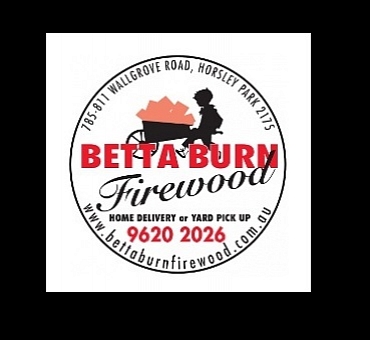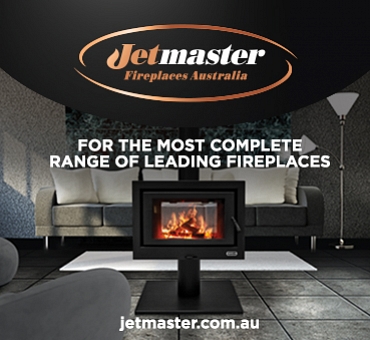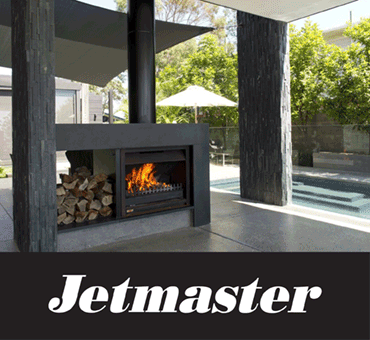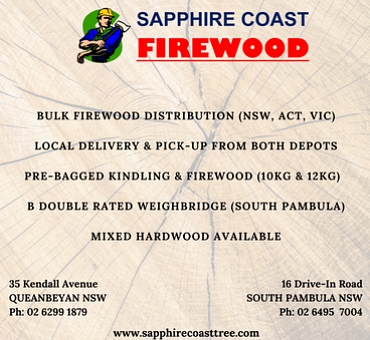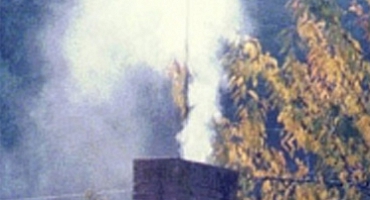
Are you a smoker? if you are – now is the time to quit.
No, we’re not talking about cigarettes! We want to put an end to smoky chimneys.
Here at the Firewood Association we love our wood fires, as we are sure you do too. There are few things in life more enjoyable than warming yourself in front of a wood fire on a cold night. We all want to be able to use our wood fires in the future. Unfortunately, we may be prevented from being able to do this, simply because of the large amount of smoke emitted by just a few households that have wood fires.
Studies carried out by the University of New England in Armidale have found that 85% of households who have wood fires operate their heaters or fireplaces correctly without emitting significant amounts of smoke. It is the remaining 15% of households who do not operate their fireplaces correctly that are responsible for approximately 90% of the smoke that is attributed to wood fired heating. These are the “smokers” we are talking about! It is the dense smoke emitted from just those few fireplaces that is the cause of most complaints about wood smoke. To deal with wood smoke problems, local councils are often motivated to implement bans on new wood heater installations or introduce heater replacement programs to phase out wood heaters altogether. This means that the majority of wood heating enthusiasts will be denied the joy of having a wood fire, just because a few people operate their heaters or fireplaces in such a way as to produce excessive smoke.
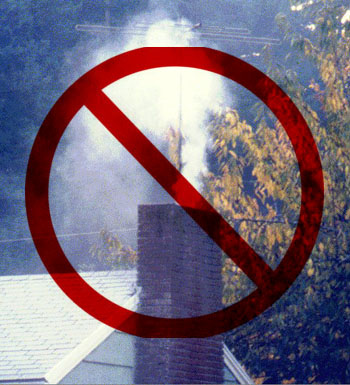
Often these heavy smoke emitters do not even realise that they are producing unacceptable amounts of wood smoke, or they may think that high levels of smoke are unavoidable, or unimportant. To find out whether you have a ‘smoking’ problem all you need to do is have a look at what is coming out of the top of your chimney after your heater, or you open fireplace, has been going for about 20 minutes. If there is anything more than heat haze and maybe just a faint whisper of smoke then there is something wrong with the way you are operating your heater or fireplace.
Fortunately, unlike quitting tobacco, giving up the smoking chimney habit is really quite easy. All it takes to become a non-smoker is an understanding of what causes wood smoke and maybe a few small changes in operating practices.
Visible wood smoke is actually made up of very fine particles that are formed when the gases that are emitted from wood in its early stage of burning are allowed to condense. If these gases are burnt in the fire they will generate heat, but if the fire is not hot enough to ignite them, or there is not enough oxygen getting to the fire, then they will condense and go up the chimney as smoke. Some of these gases will also condense as a tar-like substance called creosote which will stick to the inside of the chimney, restricting air flow and potentially catching fire.
So the main cause of smoke is not enough heat in the fire. There are a few possible reasons for wood fires not getting hot enough (which is at least 5000C) and thereby creating smoke.
The most common cause of a smoky fire is incorrect lighting and operation of the wood heater or fireplace.
When lighting a fire, it is necessary to get it going quickly with plenty of kindling. When the kindling is burning strongly you need to add small pieces of wood until a good bed of hot coals is established before adding any larger pieces. In slow combustion heaters it is important to leave the air intake fully open (high burn) until the large pieces of wood are glowing red on their surface, which is the minimum temperature for operating the fire. If the air intake is closed too early, while the wood is still giving off its combustible gas, the emitting gases will condense as smoke, instead of being burnt in the fire to produce heat. The same rule applies when more wood is added to the fire; the air vent needs to be left fully open until the actual surface of the wood is glowing red. By shutting down the fire before it has reached its correct operating temperature you do not save wood, all that happens is that you waste a lot of energy, block up your flue and create a smoke problem which annoys your neighbours and could eventually lead to all wood heaters being banned.
One common reason for slow combustion (sealed) heaters failing to reach their correct operating temperature is a lack of oxygen in the fire. This can be due to insufficient draft through the fireplace as a result of a blocked flue, a blocked air inlet or a build up of soot on the baffle plate. One sign of a lack of air flow is creosote build up on the inside of the glass door. Smoke entering the room when you open the door of the heater is also a sign of a blocked flue. It is also possible that the flue is simply not high enough to achieve sufficient updraft or is located in an area of downdraft from the roof line or surrounding trees. If your fireplace is not drawing properly it is a good idea to have it checked by a professional chimney sweep or wood heater specialist.
If the wood you are burning is very wet or is not properly seasoned, then the water or sap has to boil out of the wood before it will burn. This cools the fire, uses up a lot of the potential heat energy that is in the wood and creates lots of smoke. You therefore need to make sure that your firewood is well seasoned and dry. As a rule of thumb it takes about 12 months for wood that has been cut into 300 mm lengths to season adequately. Wood that has been wet by rain should be allowed to dry out again before it is used. This will only take a couple of days if the wood is stored in a dry, well ventilated place.
The golden rule to avoid smoke is to always keep your fire burning brightly. The minute it goes black and smoulders it will produce smoke.
The Firewood Association has produced several information sheets that provide more detailed information on correct wood heater operation. You can can download these for free by clicking on the links below or read them on-line from our “Media” page. These information sheets are titled:
“Smoke = Money Up the Chimney”
“Operating and Maintaining a Wood Heater”
“Buying and Installing a Wood Heater”
“Moisture Content of Firewood”
This You Tube Video "How to operate Your Wood Stove More Efficiently" is made in America but has a lot of good information on ways to stop your heater smoking.
So for the sake of all of us who enjoy our wood fires, if you are a “Smoker” please Quit now.








